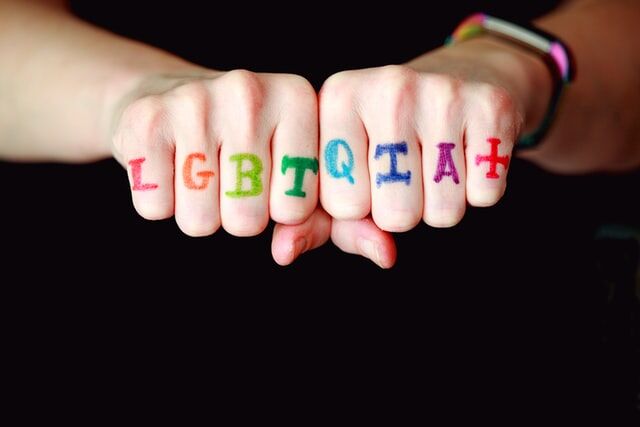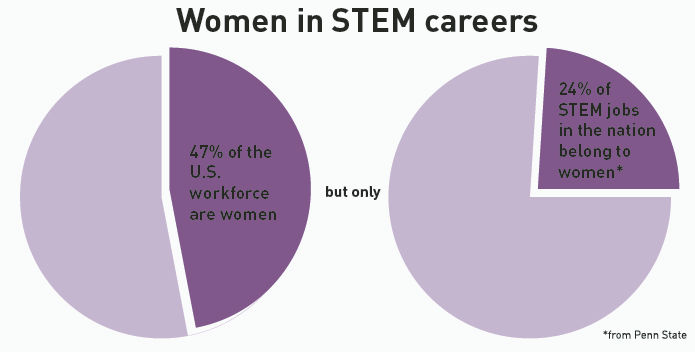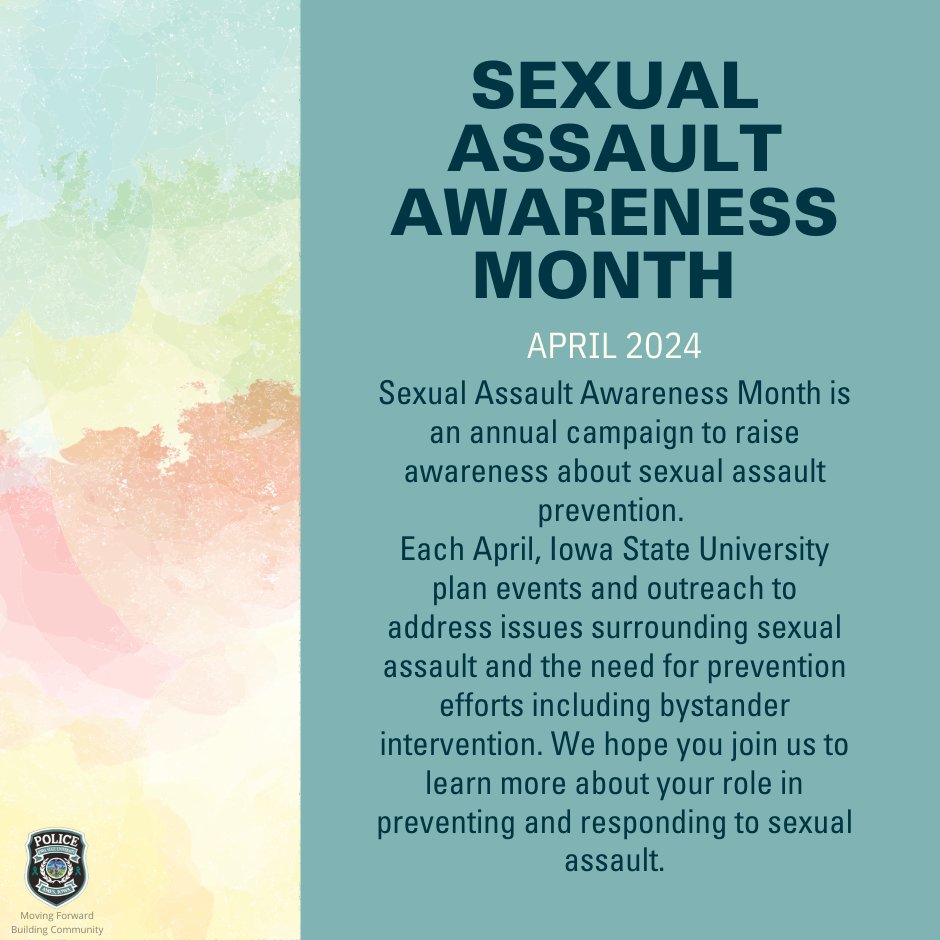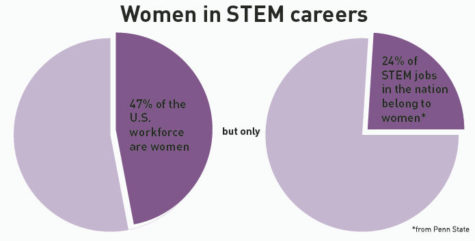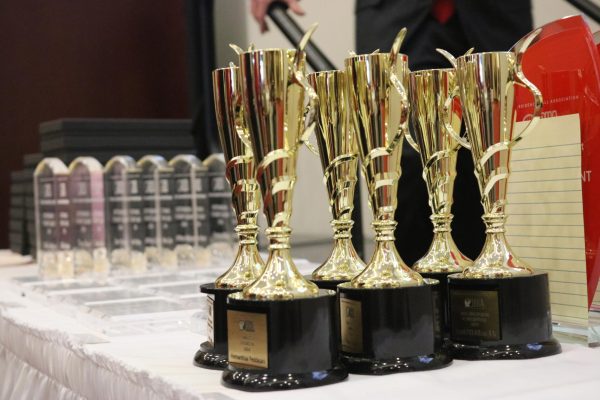What does it mean to be asexual? Breaking the stigma and more
Photo Courtesy of Sharon McCutcheon on Unsplash
According to Iowa State students, the “A” in LGBTQIA+ is often mistaken as the term “ally” instead of asexual.
April 11, 2022
Asexuality, which is often described as a lack of sexual attraction, is many times overlooked or misunderstood, according to students at Iowa State who identify within the asexuality spectrum.
Lauren Hansen, a junior in apparel design at Iowa State, said this is because of the nature and assumptions made about the LGBTQIA+ community.
“Well, in the community in general, we tend to be a little bit looked down upon because usually the LGBT community is about who you like rather than who you don’t like,” Hansen said.
Paige Hollenberg, a junior in animal ecology at Iowa State, said it can be difficult to not be remembered or recognized not only by the general public, but also by the LGBTQIA+ community. Hollenberg noted that while many groups at Iowa State are trying to be inclusive, they are often forgetting the asexual community. She said when the asexual community is ignored, inclusivity isn’t truly achieved.
“Whenever pride comes up, I feel like asexuality and aromanticism just isn’t really as talked about compared to a lot of the other sexualities,” Hollenberg said.
According to Hollenberg, many people do not realize the “A” in “LGBTQIA+” stands for asexual. She said it is often mistaken for the term “ally.” She said that while allies are important, that is not what the letter stands for.
“It kind of sucks because I feel like our own community forgets about us sometimes,” Hollenberg said. “‘A’ is for us.”
Hollenberg said a common misconception about asexuality is that anyone who is asexual simply does not want to have sex, but this is not the case. Hansen said that asexuality can look different for anyone who identifies as asexual. They said asexuality is an umbrella term for many different sexual identities, some of these being aromantic, demisexual and graysexual.
Cuinn Tuey, a sophomore in animal ecology at Iowa State, described being aromantic as not feeling a romantic attraction to anyone. Tuey said this is not to be confused with sexual attraction.
Hansen, who identifies as both demisexual and demiromantic, described being demi as not wanting to have sex with or liking someone for a long period of time. Hollenberg, who also identifies as demisexual, said she never feels immediate attraction to people she doesn’t know.
“People would also talk about how attractive, like, how hot someone was. And for me, that just…is so rare,” Hollenberg said. “I’ve maybe thought of that like three times in my whole life. I don’t really find people hot or anything like that if I don’t know them.”
Hansen also explained what it means to be graysexual. According to them, being graysexual means someone goes back and forth between the labels underneath and outside of the asexuality umbrella. For example, Hansen said that one day a person might feel more demisexual, while on another day the same person might identify as being allosexual, which Hansen said is anyone that experiences sexual attraction outside of the asexual umbrella.
Hollenberg said that identifying under the asexual umbrella comes with a multitude of misconceptions and stigmas, many of which may be harmful to those in the asexual community. According to her, one of these misconceptions is that people who identify as asexual don’t want a romantic relationship. She said this is not the case for everyone.
“There are plenty of aces out there that want a relationship,” Hollenberg said. “And, you know, they just don’t necessarily want the sex part, and that’s not a bad thing.”
Tuey echoed Hollenberg’s thoughts about this misconception.
“They [some people] don’t realize that you can do one or the other. So if there’s an asexual person in a relationship, they’ll be like, ‘I thought that was impossible,’” Tuey said. “And, yeah, I think it’s hard for a lot of people to recognize that you can have a romantic relationship without having sexual attraction.”
On the other hand, Hansen said while someone may not want to be in a romantic relationship, they might still have a want or need for sex.
“Sometimes sex is just satisfying a need,” Hansen said.
Hansen also said that misconceptions about being asexual can sometimes lead to dangerous situations. According to Hansen, people will sometimes disregard when an individual comes out as asexual in a relationship. This can then lead the significant other to try to force themselves onto the asexual person without their consent.
“So, a lot of times what will happen is people think that they can change you in the moment,” Hansen said.
Hollenberg said that she wants students at Iowa State to know that being asexual is normal, and it’s nothing to be ashamed of.
“Like it’s perfectly OK to not feel romantic attraction. It’s perfectly OK if you don’t feel sexual attraction or if you need time,” Hollenberg said.
Hansen also stated that being asexual is more normal than one might think or assume.
“And yeah, we may be a small percentage, but you know, there’s more of us out there, and there’s a lot of people who also align with your values,” Hansen said. “You just got to look hard enough.”

